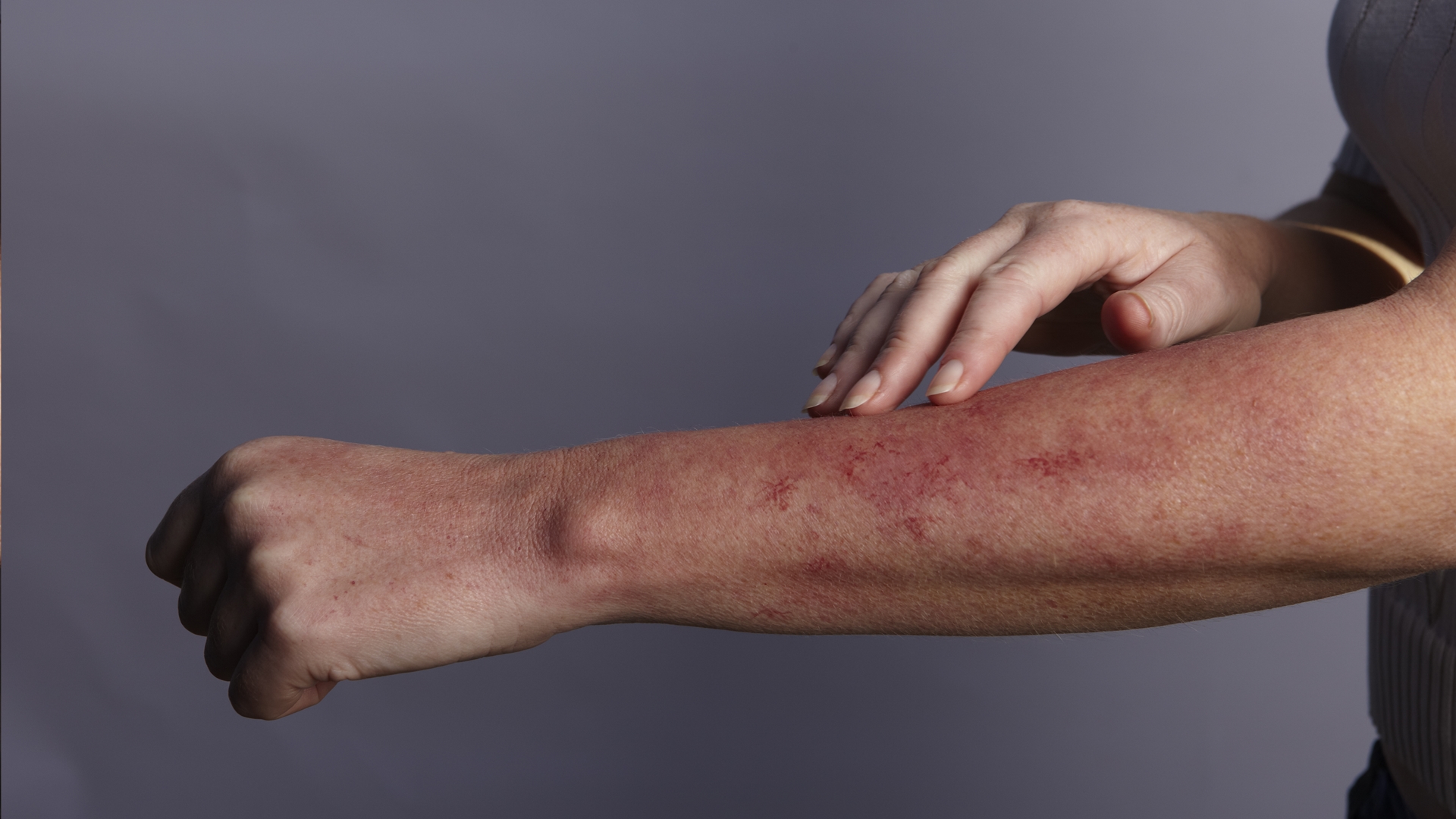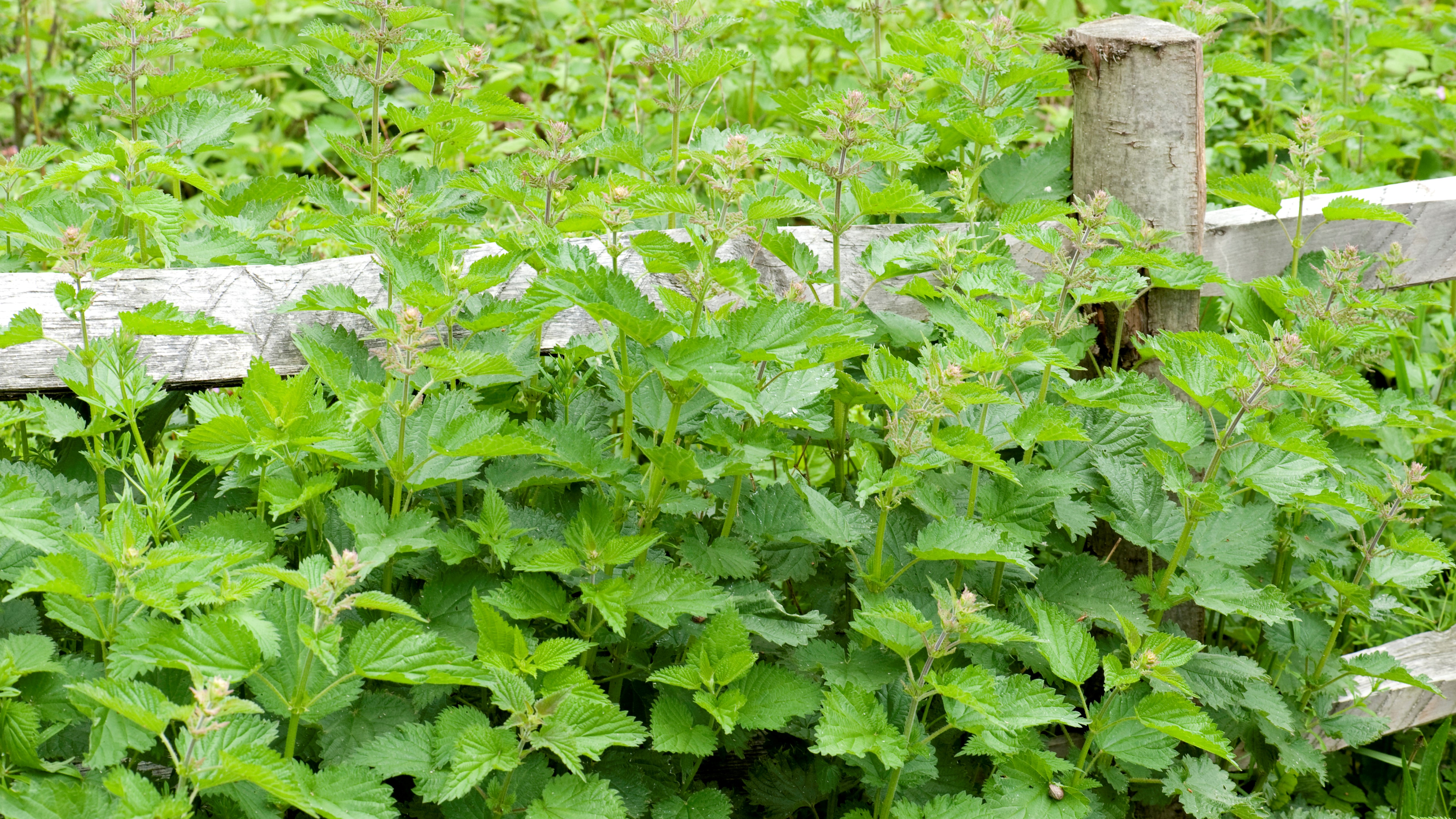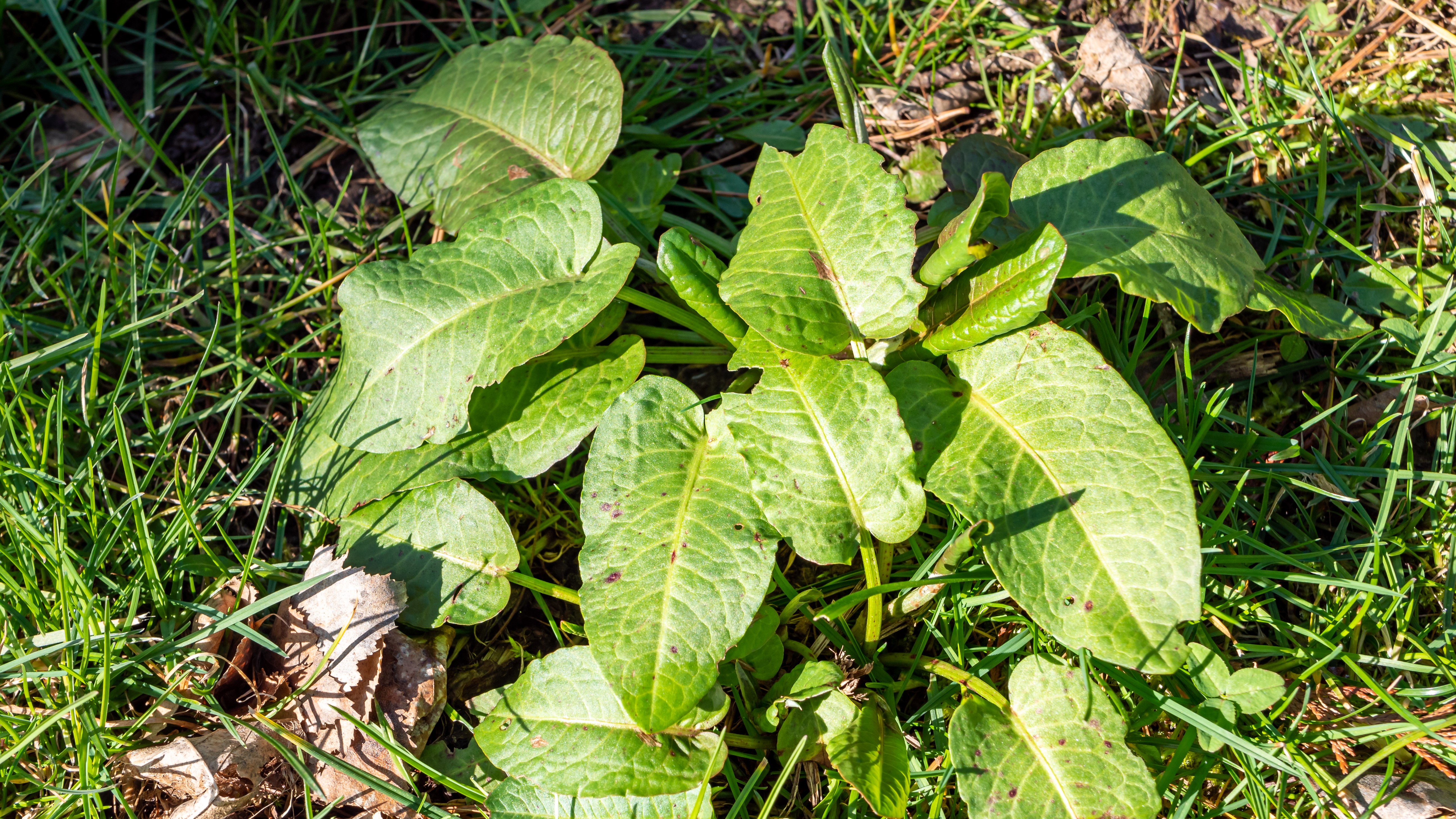
If you spent time outdoors as a child, down by the river or deep in the woods, the chances are high that you got stung by a few nettles. Coming home crying with burning legs after tearing through the long weeds in your shorts was practically a rite of passage for kids back in the days before screens, when the natural world was our only option for exploration.
Many of us who come from Britain and Ireland were raised on the idea that a dock leaf can provide relief from a nettle sting and after being attacked by a vicious nettle, we would go hunting for one of these broad, red-tinged leaves to rub on our wounds. To this day, if you're the sort who likes to venture out in your hiking boots for a tramp in the woods, there's a chance you consider a dock leaf to be a viable home remedy.
But is there any truth to this, or is it merely an old wives tale? Let’s pick through this mess and see if we can find some answers…
Meet the expert
Today’s best deals
The myth
Brushing up against a stinging nettle causes it to transfer formic acid from its hairs onto your skin resulting in irritation, redness, swelling, and pain that can last for anywhere from a few minutes to several days, depending on your sensitivity.
A nettle sting isn’t usually anything to worry about unless you have a severe allergy, but it can be uncomfortable, and you might be seeking a quick remedy. Some claim that the solution is found in a dock leaf, Latin name Rumex obtusifolius, which has a rounded leaf that can soothe irritated skin when crushed to release sap and rubbed against the skin.

The evidence
The idea that dock leaves relieve nettle stings goes back a long way. In fact, according to naturalist Chris Packham, it can be traced back at least 2,000 years to an early pharmacopeia written by the Greek botanist Pedanius Dioscorides which indicated dock leaves to be a potential source of relief from irritation caused by plants.
Around this time, Packham explains, a book called The Doctrine of Signatures put forth a theory that when a plant enacted a negative impact on the body, an antidote could be found in plants that grow nearby. It should be noted that other hallmarks of this particular text, such as the idea that herbs resembling parts of the body can be used to treat ailments of those body parts, have since been dismissed as pseudoscience.
Dock, also known as bitter dock, broad-leaved dock and dockens, is a perennial herbaceous plant that is often found in the same habitat as stinging nettles – namely waste ground, ditches, riverbanks, along the edges of hiking trails and in woodlands.

These days, medical texts like the British Pharmacopoeia don’t contain information about dock leaves as they aren’t considered a form of medicine. There haven’t been any scientific studies that we can find on the matter – probably because studies require funding and funding isn’t likely for a topic that’s not going to save or change lives or make anyone large amounts of money.
However, an article by the Woodland Trust suggests that the reason docks leaves relieve nettle stings could be down to its “cooling sap,” or simply placebo effect. Meanwhile, an article in the BBC’s Discover Wildlife magazine explains that since nettle stings are caused by acid, and the sap of a dock leaf is also acidic, then one can’t have an antidotal effect on the other.
Packham, however, took things one step further and performed a little on-screen experiment. In an episode of Spring Watch, he rubs his forearm with a nettle until it’s red and bumpy, then applies a dock leaf.
“I think I can safely say that there’s no positive effect whatsoever,” he concludes.
Now of course, this is one example and not a randomized controlled trial, and there could be other variables such as timing and dosage to take into account, but at least in this instance, the dock leaf does not appear to have any instant therapeutic effect.
Fact or fiction?

We can say with certainty that there isn’t any botanical or chemical evidence to support the idea that the sap of a dock leaf can reduce the irritation of a nettle sting. In fact, chemically speaking, because the sap of dock is acidic, it shouldn’t be able to relieve stinging caused by acid. Topical creams containing hydrocortisone are likely to be more effective, while other home remedies include simply washing the area, cool compresses, aloe vera gel and applying a paste made from baking soda and water.
However, because no wide-scale study has been performed on this topic, it’s impossible to rule out dock leaves definitively and important to remember that plants have many properties – it’s possible that dock leaves contain antihistamines that could relieve irritated skin if given in the right dose at the right time.
What just about everyone agrees on, however, is that the placebo effect is real. So if you believe that rubbing the sap of a dock leaf on your skin the next time you encounter a nettle on the hiking trail will make you feel better, there’s a good chance it will. And since dock leaves are edible, there’s no reason why it will do you any harm.
- The best hiking pants: for covering your legs in the long grass







